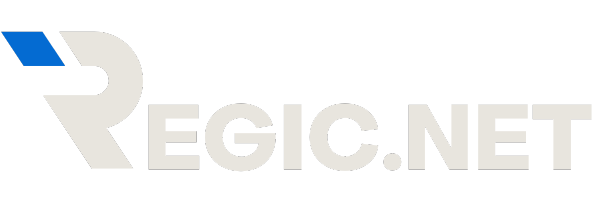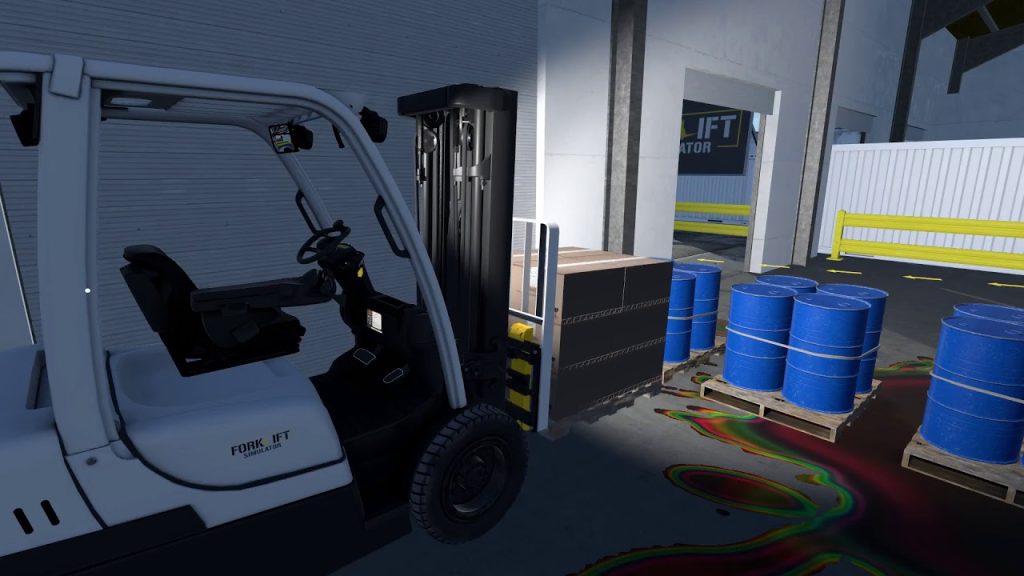Forklift accidents are a serious problem in the workplace. They can cause injuries, property damage, and even death. One way to reduce the risk of forklift accidents is to provide forklift operators with comprehensive training. VR forklift training is a safe and effective way to teach forklift operators the skills they need to operate forklifts safely.
What is VR forklift training?
VR forklift training is a type of training that uses virtual reality technology to simulate the experience of operating a forklift. VR forklift training can be used to teach fresh operators a variety of skills, such as how to safely operate a forklift, how to load and unload cargo, and how to navigate a warehouse.
Benefits of VR forklift training
VR forklift training has a number of benefits over traditional forklift training methods. VR training is safer because it does not involve the use of heavy machinery. It is also more efficient because it allows forklift operators to practice in a controlled environment without the need for a forklift or a training facility.
VR forklift training is also more engaging than traditional training. VR training can be more immersive and realistic, which can help forklift operators to learn more quickly and effectively.
Also read: 50 Profitable Tech Startup Ideas You Can’t Miss in 2025
How to Create Effective VR Forklift Training
Creating effective VR forklift training requires careful planning and execution. Here are some key tips:
- Realistic Simulation: The VR environment should be as realistic as possible, replicating the sights, sounds, and even the physical sensations of operating a real forklift. This includes accurate physics, detailed warehouse environments, and realistic forklift controls.
- Varied Scenarios and Challenges: The VR training should include a variety of scenarios, from basic operations to complex challenges, such as navigating tight spaces, loading and unloading different types of cargo, and responding to unexpected situations like pedestrian traffic or spills.
- Performance Feedback and Assessment: The VR training should provide forklift operators with real-time feedback on their performance, highlighting areas for improvement. This can include metrics like speed, accuracy, and adherence to safety protocols. Regular assessments can track progress and identify areas needing further training.
- Engaging and Motivating Experience: VR training should be engaging and fun to keep forklift operators motivated and invested in the learning process. Gamification elements, such as points, badges, and leaderboards, can add an element of competition and encourage continuous improvement.
Safety Considerations for VR Forklift Training
While VR training itself is safe, it’s important to consider safety aspects related to the VR experience:
- Equipment Compatibility and Calibration: Ensure that the VR training software is compatible with the VR headset being used. The headset should be properly adjusted and calibrated for each user to prevent discomfort or visual issues.
- Motion Sickness Mitigation: VR can sometimes induce motion sickness. Training sessions should be kept to a reasonable length, and breaks should be provided. The VR environment can also be designed to minimize motion sickness, for example, by avoiding rapid movements or excessive camera rotation.
- Safe Training Environment: The physical space where VR training takes place should be free from obstacles and hazards. Users should have enough room to move around safely and avoid collisions with real-world objects.
- Supervision and Guidance: While VR training can be self-directed, it’s beneficial to have a trainer or supervisor available to provide guidance, answer questions, and monitor progress.
Choosing a VR Development Company for Your Training Needs
Partnering with a reputable VR development company is crucial for creating high-quality and effective VR forklift training. A good company will have:
- Experience in VR Training Development: Look for a company with a proven track record in creating VR training solutions, ideally with experience in industrial or heavy equipment training.
- Expertise in 3D Modeling and Simulation: The VR environment should be realistic and immersive. They should have the skills to create accurate 3D models of forklifts, warehouses, and other relevant elements.
- Understanding of Forklift Operations and Safety Protocols: The VR training should accurately reflect real-world forklift operations and adhere to industry safety standards.
- Customization and Integration Capabilities: The VR training should be customizable to meet the specific needs of your organization and integrate seamlessly with your existing training programs.
Conclusion
VR forklift training offers a safer, more efficient, and more engaging way to train forklift operators. Partnering with a qualified VR development company is essential for creating a high-quality. VR training program that meets your specific needs and helps to create a safer and more productive workplace. Investing in VR forklift training is an investment in the safety and well-being of your employees and the future of your organization.



